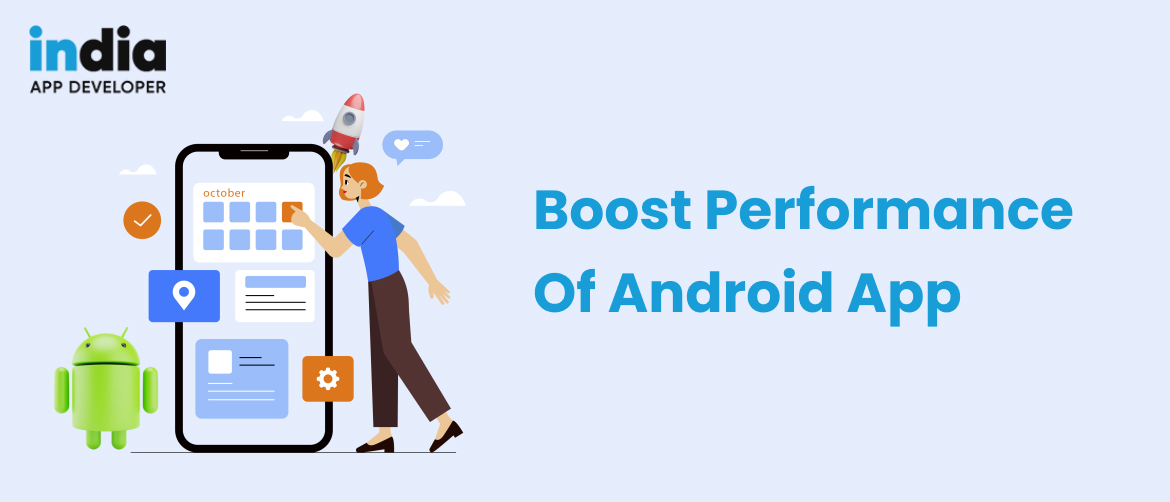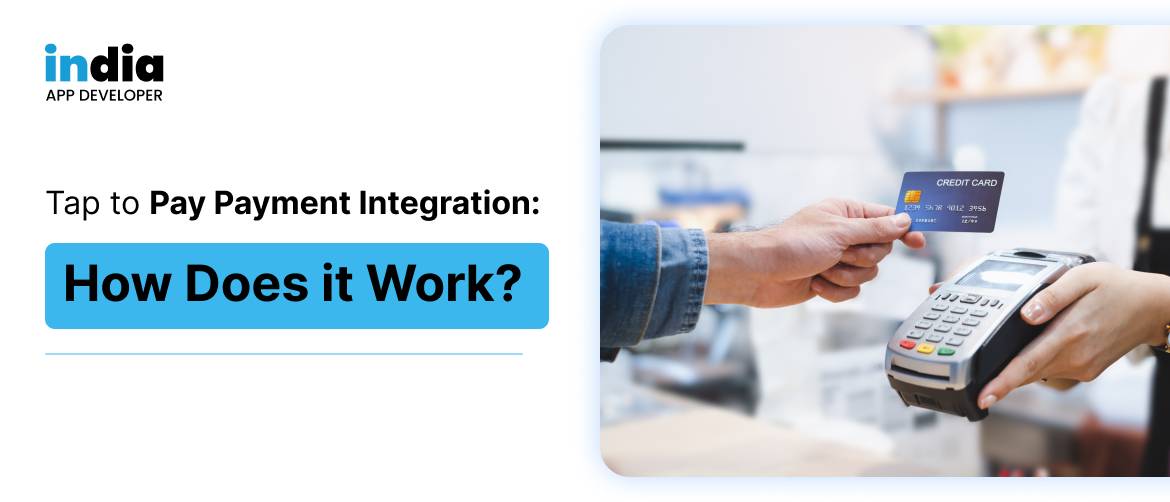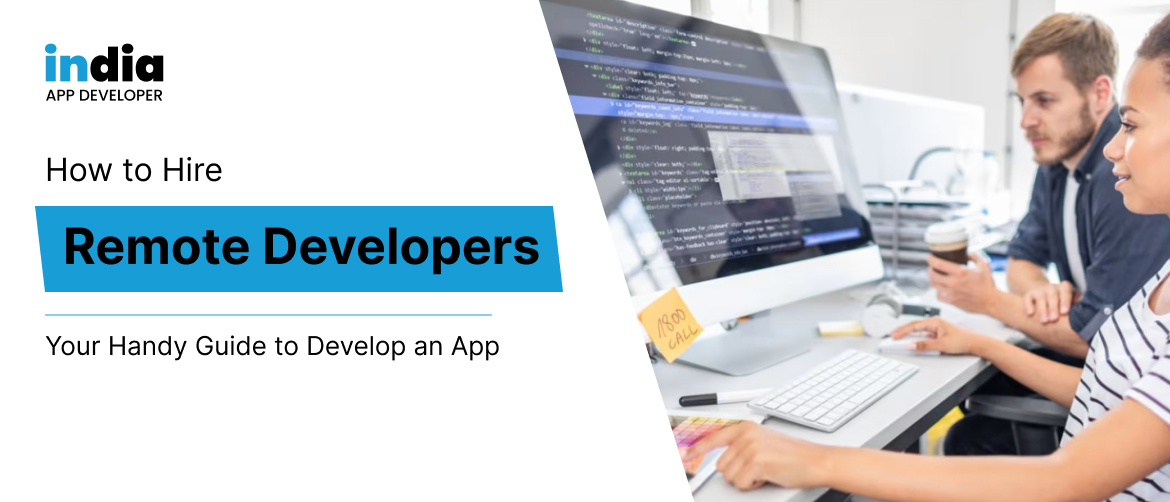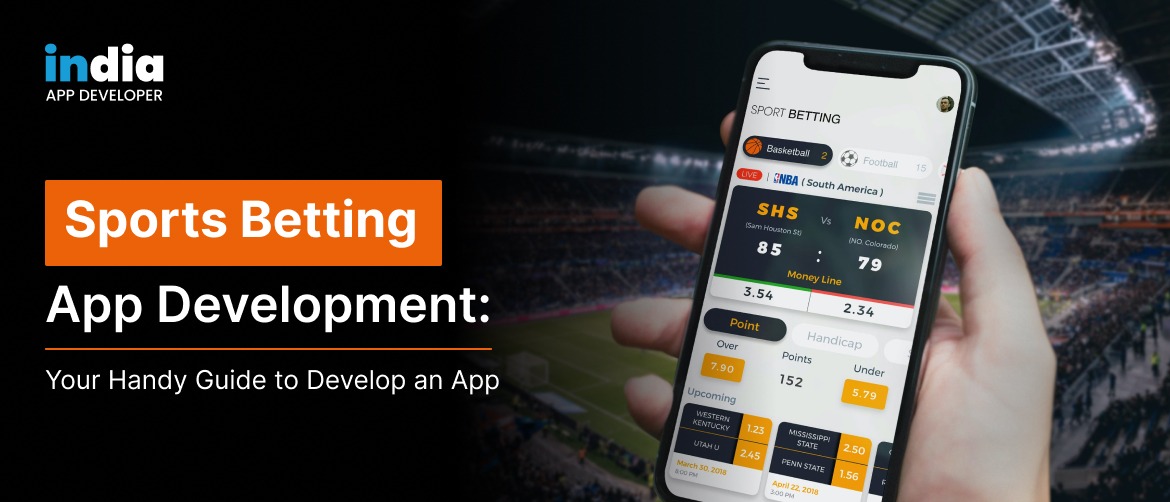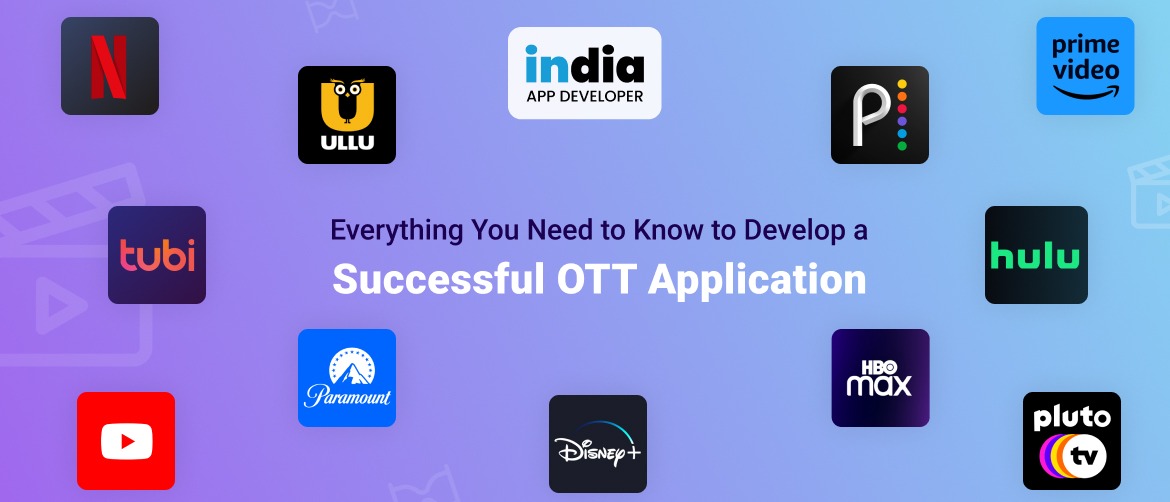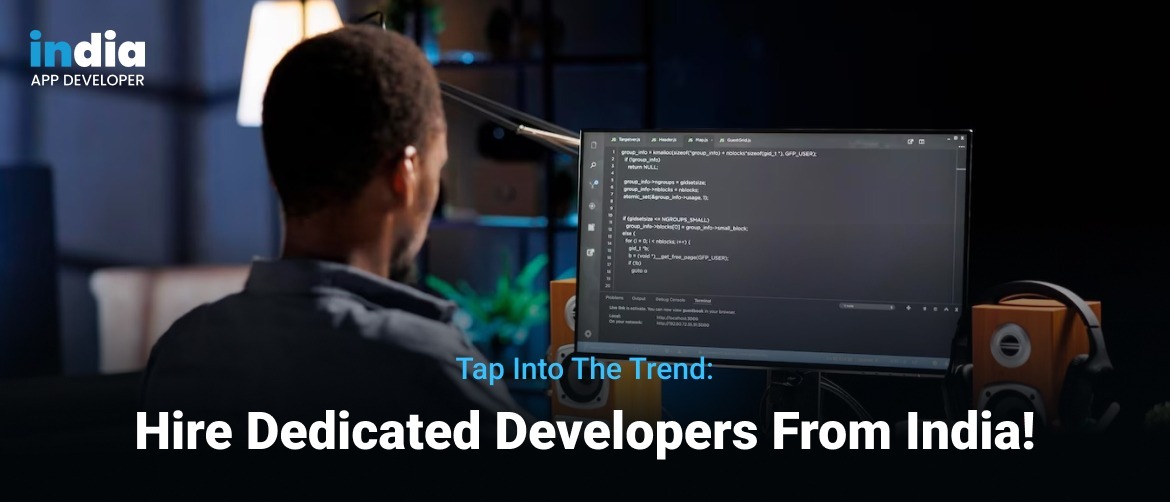The most crucial part of designing an Android app is its performance. Users are likely to reject your application if it is sluggish. The better your app performs, the more probable it will succeed in the market. You should hire dedicated android app developers in India. It’s crucial to the performance customers expect in a world when users are linked to their phones 24/7. If you’re wondering how to increase your android app performance, here is the perfect picture.
Tips and Tricks to Improve Android App Performance
1. Make the app smaller in size.
Smartphones do not yet have strong graphics processing units (GPUs). And here’s something that will take your breath away: it is a low-cost mobile phone with basic features that account for most of the global Android market share. Even though some do not support 2G/3G, users often avoid downloading large applications, mainly when they are in a hurry. In other words, the less space it takes up on your phone, the better it is for the people who use it.
2. Enhance the Networking Process
The rule of thumb is to always favor text over graphics when designing a website. As image-based content should be your second choice, asynchronously loading textual material should be your first choice when optimizing Android apps for performance.
Because your program will utilize the internet to upload and receive data, network requests must be handled correctly. In addition to cellular data, the battery is also a source of network requests. The heavy use of both the mobile network and Wi-Fi rapidly depletes the battery’s capacity.
3. Make your images and videos more appealing.
In addition to APIs, your Android application loads many photos and videos. It’s common for other properties, such as the website for your app, to load those photos as well. When it comes to images and videos, desktop websites and mobile applications have distinct requirements (resolution, screen size, and device type).
As a result, you must optimize your app’s graphics and videos for mobile devices with limited resources and restricted processing power. As soon as your Android application requests photos, make sure they are given in the largest size and resolution possible. You may also utilize adaptive video buffering and progressive pictures to allow your app to download images in batches rather than wait for the entire image to be downloaded before continuing. Users will not be presented with a blank image due to the reduction in perceived delay.
Similarly, adaptive video streaming solutions efficiently change the video resolution depending on the configuration of the network. When bandwidth is limited, you may reduce the video quality so that people can at least see the video rather than being forced to wait for a loading screen to appear.
4. Increase the size of the screen.
When it comes to screen sizes, there has been a lot of discussion among developers because they are facing significant issues. There are a plethora of Android smartphones available in various designs and sizes. Fixed dimensions in your layout will only respond to a particular orientation and screen size, and as a result, your app should be able to handle the most significant number of screen sizes conceivable. Make sure that your layout accommodates a variety of screen sizes and aspect ratios so that a larger pool of
5. Offline mode should be improved.
If your network is poor, you should display whatever information you have available while getting the crucial data. From the usability and performance perspective, it is advised that the data be shown in offline mode. Let’s look at the issues that might arise if caching is not implemented. Due to poor network connectivity, data retrieval takes excessive time. If there is no internet access, it may be essential to collect data for offline support or show previously obtained data. (This is a terrible application experience.)
6. Increase the amount of memory you have.
Android has supplied users with RAM to facilitate multitasking. Your programme will have a certain amount of RAM available. However, this may fluctuate depending on how your app is being used—Android limitations like these and other active apps running in the background use unnecessary resources.
7. Reduce the time it takes for an application to launch.
Users want an app that is both speedy and responsive. Individuals will have a terrible experience with an application that takes an excessive amount of time to load, which will result in unfavorable ratings on the Google Play store. The ultimate objective is to have the Android application up and to run quickly.
Let’s look at some of the aspects that contribute to the speedy launch of Android applications.
- Installing a large number of perspectives
- Bottlenecks in the startup process caused by excessive content
- Layout
8. Frame Rate at the Optimal Level
In order to render animations and gestures at the highest possible frame rate on iOS and Android, the maximum frame rate is 60 frames per second (FMS). Sluggish Android performance is caused by anything slower than that. To achieve the 60 frames per second objective, you need to make sure that everything in the app’s rendering code is executed within 16ms. It is possible to see how much of an influence trash collection has on your app’s performance if the garbage collection time for your app is five milliseconds.
Let’s look at what happens to the user if the 16ms window is missed and the user receives a slightly different 58 or 59fms. So what happens after that? It has cut a frame and must now wait for the next one to be displayed on the screen. Your app was rendered in 19 milliseconds; however, it did not make it into the window, resulting in the user waiting twice as long as they should.
9. APIs for concurrency should be optimized.
Creating concurrent execution streams that mix and aggregate data from several resources is essential for designing a scalable Android application for use in a multicore device environment. Unfortunately, developers typically fail to recognize that services, methods, and activities are executed on the UI thread, which is a common mistake. If the APIs are not optimized, they will pressure the UI thread, causing the application to run more slowly.
You now have a handy list of everything you need to do to make your app run faster. However, the unpleasant fact is that optimizing Android apps is far more complicated than it appears. The problem can be solved by hiring dedicated android app developers in India. You should be aware of the advantages and disadvantages of each of these 9 fundamental strategies.

